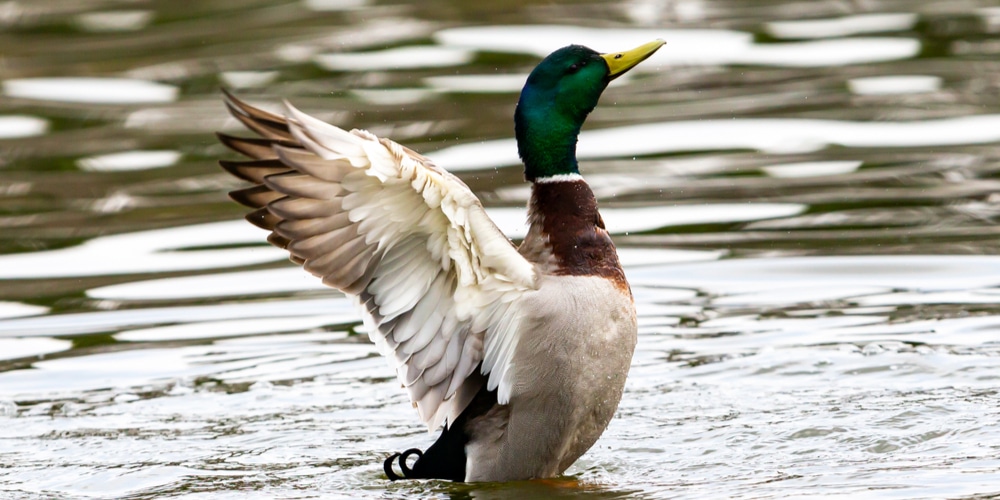Ducks are omnivorous birds that feed on various food sources, and millet can supplement their diet. To ensure your ducks get the most out of this nutritious grain, it’s best to know how to grow Japanese millet. This is the best variety to grow, and it can also be used to feed small pets such as guinea pigs and rabbits. This article will look at when to plant millet for ducks.
When to plant millet for ducks

Timing is critical when planting and growing millet. You’ll need to consider the climate and temperature where you live before planting your seeds. Japanese millet is a cool season crop, so it should be planted in the spring or fall to avoid the hottest part of the year. However, frost should be avoided when growing millet.
Millet grows best in warm temperatures, so it’s best to plant millet as soon as the temperature averages more than 50°F (10°C) during the day. Planting before this point will cause the seeds to rot instead of germinating.
In most parts of North America, planting should begin in the late spring or summer months. Late May or early June is the best time to plant millet as long as you don’t live in a very hot climate. Millet can also be planted in the fall in some areas as long as it has enough time to grow before the threat of frost.
What type of millet to plant for ducks
The most commonly grown millet for ducks is Japanese millet; this crop is often referred to by several other names, including barnyard millet, duckweed, hog millet, swamp millet, water millet, or Japanese swamp millet.
Japanese millet has small round seeds, which are very similar to wheat. The crop can be planted in rows or blocks and is fast growing and easy to care for.
Soil
The soil you choose for your millet will play a significant role in its growth. Millet needs well-draining soil that is moist but not waterlogged. It does not thrive in acidic or overly fertile soils and requires plenty of sunshine throughout the day. A layer of compost spread over the planting area can help enrich the soil and encourage healthy growth. The soil’s pH range should be between 6.8 and 7.2.
Planting Methods
Choose a seed variety specifically designed for ducks and scatter the seeds evenly across the planting area. It’s best to plant small, shallow furrows no more than one inch deep so that the seeds have plenty of access to sunlight and water. Cover the seeds with soil after sowing and water them lightly.
Water and Fertilizer
After planting, water the millet regularly to ensure it has enough moisture without becoming overly wet. You may also opt to fertilize the sown area to help the millet grow. Choose a fertilizer with an N-P-K ratio of at least 12-4-8 for best results.
Harvesting
The millet should be ready to harvest when the grain heads turn golden and dry. Cut the stems close to the ground, taking care not to damage any young shoots. Allow them to dry further in an area with plenty of air circulation before storing the seeds for future use.
Conclusion
With a bit of knowledge and patience, you’ll have no trouble planting millet for your ducks. Follow these steps, and you can enjoy a successful harvest this season!

